
For years, scientists were mystified by the origins of Hells Canyon, the deepest river gorge in North America. This massive natural wonder is a staggering ten miles wide and plunging more than 2,400 meters down, deeper even than the Grand Canyon. The common explanation held that the Snake River carved its way patiently, wearing down rock over tens of millions of years.
But recent research has thrown that long-held belief into question. New findings suggest Hells Canyon may have formed shockingly fast in geological terms. The key evidence came not from the canyon floor but from sediments stored high in caves hidden along the gorge. What could have caused this sudden formation?
Nature’s Hidden Archive in Caves

Along Hells Canyon, caves formed by the Snake River hold vital past records. These caves, carved into limestone and other rock, look like simple hollows, but inside they contain gravel and sediment left behind by ancient floodwaters. Over thousands of years, each surge deposited more material, layering a natural “archive” locked away from the elements.
These cave deposits became like sealed containers, saving vital evidence of past river flows that would have otherwise been destroyed. Geologist Matthew Morriss explained, “As a river erodes and carves a canyon, it sort of destroys the evidence of its own history.” By studying the gravel layers, scientists hoped to reconstruct when the Snake River surged, shifted, or narrowed.
Cracking the Code with Sediment Dating
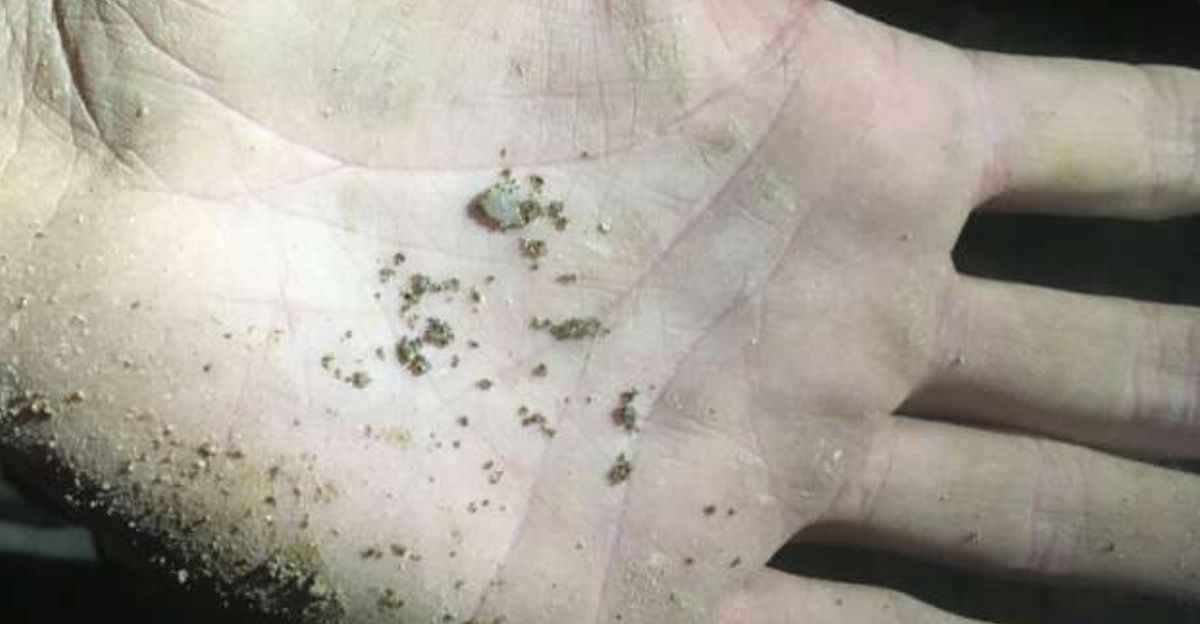
The real breakthrough came from a technique known as cosmogenic nuclide dating. Scientists used this advanced method to test the minerals inside cave gravels. These tiny isotopes act like natural stopwatches, recording how long rocks had been shielded from cosmic rays. Researchers could estimate when floodwaters last surged into those spaces by analyzing the gravel in Hells Canyon’s caves.
Some sediment was found more than 1,000 feet above today’s Snake River, meaning the river once raged through the canyon at much higher levels than it does now. For the first time, scientists had clear markers of the canyon’s rapid transformation. Hells Canyon might have formed much faster than anyone guessed in a burst of geologic activity.
The Snake River at Work
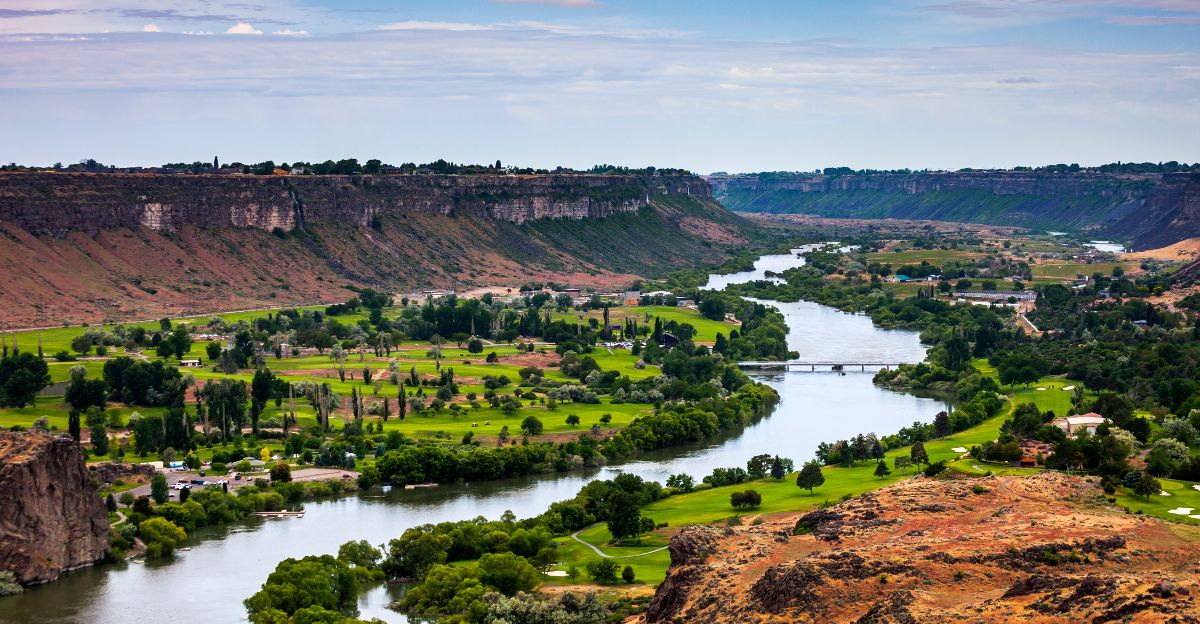
The Snake River has always been recognized as the mighty force behind Hells Canyon. But new research showed just how extreme its role may have been. This powerful, volatile river once shifted course in a dramatic event millions of years ago. With it came surges of water carrying sand, boulders, gravel, and silt, all of which crashed into caves and carved the canyon deeper.
The Snake River wasn’t just carving a canyon over slow millennia. Instead, it was sometimes tearing through landscapes in rapid bursts. In one sense, the river erased its own history, flooding out earlier evidence. But remarkably, caves preserved what the main river washed away. The force of the Snake River was enough to turn entire sections of rock into sculpted cliffs of near-vertical walls.
A Fast and Furious Gorge
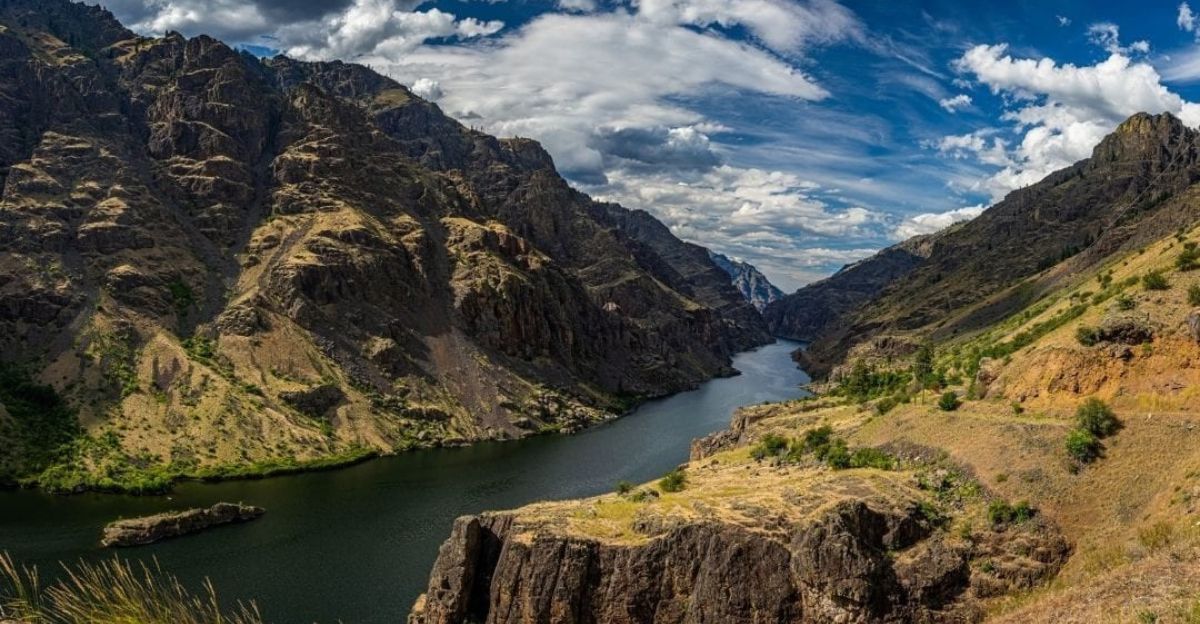
Hells Canyon is only about 2.1 million years old as we know it today. Compared to the long span of Earth’s history, that’s astonishingly recent. Before this, most scientists thought the gorge had been carved slowly over tens of millions of years. But data showed an abrupt shift in the Snake River’s path, a “drainage capture” event, that caused erosion rates to explode.
Records show erosion rates leapt from just 0.01 millimeters a year to 0.16 millimeters a year, making it one of the fastest canyon-carving events ever recorded in North America. That means much of what people assumed about steady, ancient erosion was wrong. “It wasn’t gradual wear that carved the gorge,” explained one of the lead researchers, “it was a major geologic shock.”
When Landscapes Change Overnight

The sudden creation of Hells Canyon dramatically reshaped the land around it. Whole ecosystems were affected in ways that are still visible today. As the Snake River cut rapidly downward, it rearranged the habitats of fish, mammals, and forests. Layers of sediment trapped in caves now record those changing flood cycles and tell us how quickly large-scale transformations can happen.
According to the USGS, the speed of this formation had ripple effects on local soil chemistry, vegetation, and water resources. People who now live in the area rely on the canyon’s river system for drinking water, agriculture, or recreation. The gorge has become a defining landmark for the region’s culture and economy.
Nature Split in Two

With its sheer walls and immense depth, the gorge became a natural barrier, separating plant and animal habitats. For some species, this division isolated populations, fueling evolutionary change. Certain animals that once moved freely across the terrain suddenly found themselves cut off. Meanwhile, others adapted and found creative ways to cross or thrive in the new landscape.
Researchers studying bird and fish migration notice clear differences on either side of the canyon. The canyon became what scientists call a “biogeographic boundary,” a giant wall separating two evolutionary worlds.
A Ripple Across the West
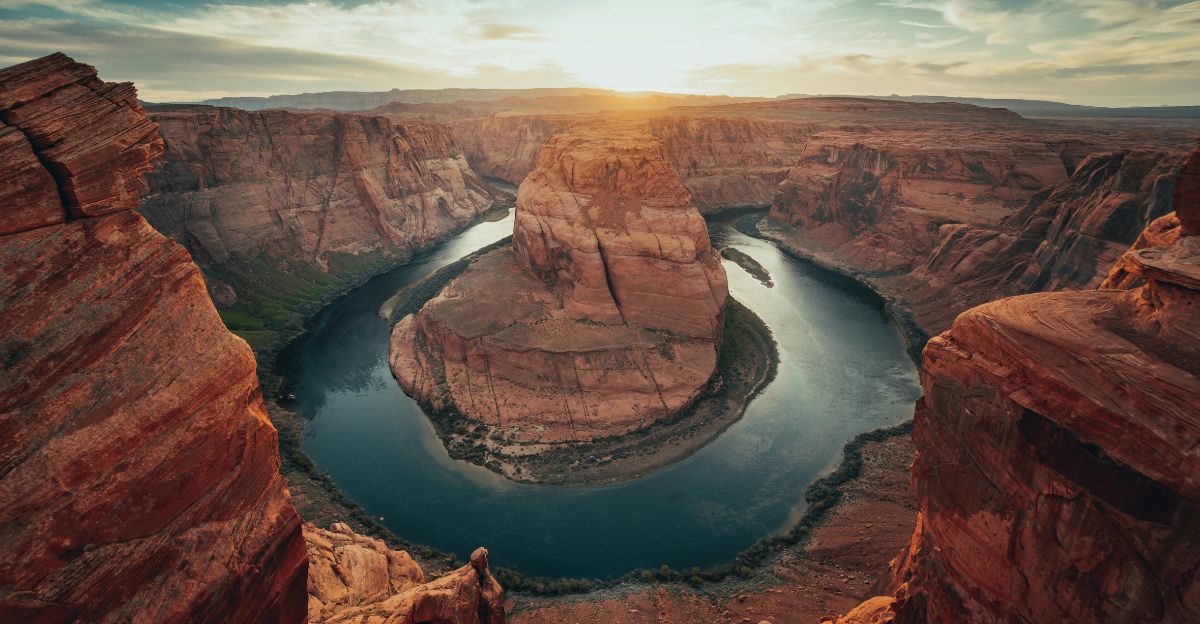
What happened at Hells Canyon doesn’t stay at Hells Canyon. The realization that the gorge formed so quickly is shaking up geological thinking across the western United States. If North America’s deepest gorge was sculpted in such a short time, what would that mean for places like the Grand Canyon, which is long believed to be far older? Geologists now have to re-examine erosion timelines in other major landforms.
The story of Hells Canyon suggests that rivers and floods may have been more dynamic, explosive, and unpredictable than past models allowed. As new evidence emerges, researchers realize that our continent’s iconic scenery might not be as ancient or slow-forming as once believed.
Experts Give Their Take
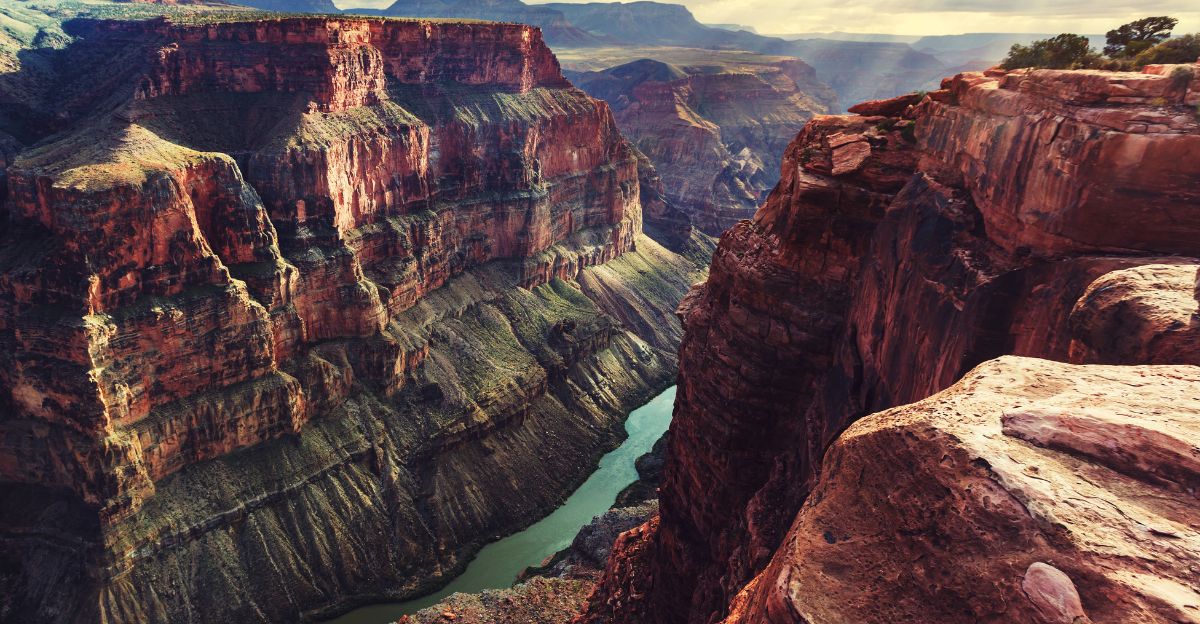
The research is sparking lively debate among geologists. Karl Karlstrom, a noted expert on the Grand Canyon, said the study represents “a good hypothesis that paves the way for the next generations of work”. While he wasn’t directly involved in the fieldwork, Karlstrom emphasized that the western U.S. landscape is far younger and more actively changing than once assumed.
Other scientists welcomed the results but argued that more cave samples and refined dating are needed before the timeline becomes definitive. Some challenge the idea that flooding alone could rapidly carve Hells Canyon. Still, most agree that the cave sediment approach is innovative and will change future studies.
Lake Idaho’s Lost Waters
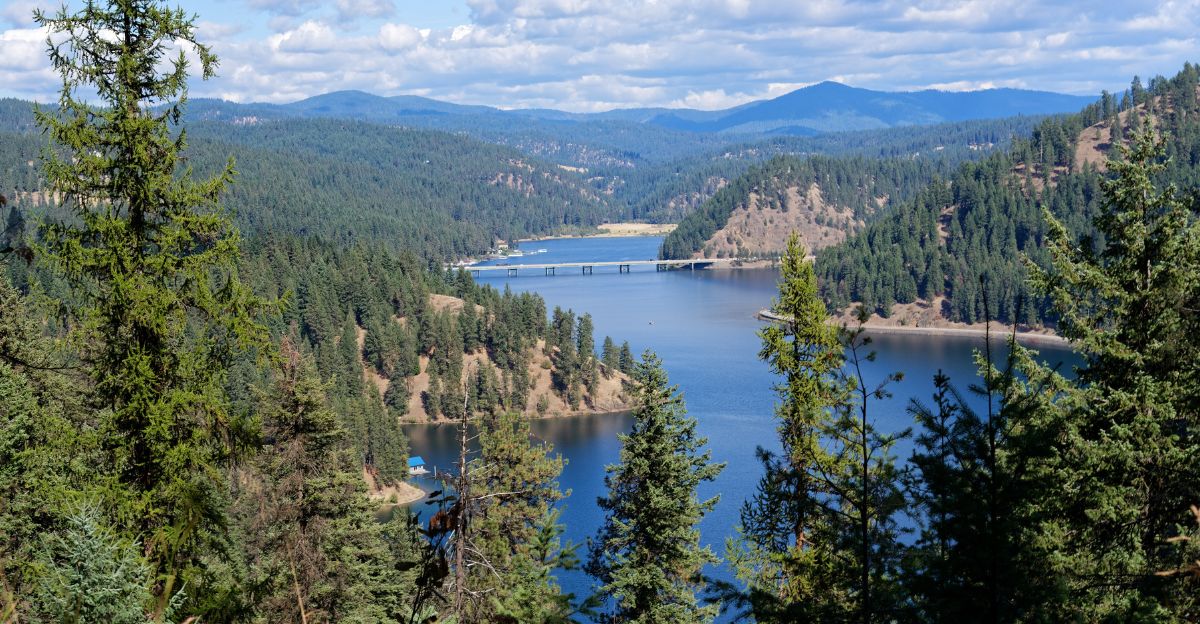
One major clue in the story of Hells Canyon comes from an ancient body of water known as Lake Idaho. Millions of years ago, this massive lake stretched across much of southern Idaho. But seismic shifts, volcanic activity, and eventual drainage changed everything. At some point, tectonic movements opened a new path for water to escape, and the Snake River surged northward, capturing that flow.
This “drainage capture” event unleashed a torrent of water through the area that is now Hells Canyon. According to researchers publishing in PNAS, this event was directly responsible for quickening the canyon’s cut, leaving dramatic markings in cave sediments. In other words, the fall of Lake Idaho gave birth to the modern gorge we marvel at today.
Why This Work Was So Hard
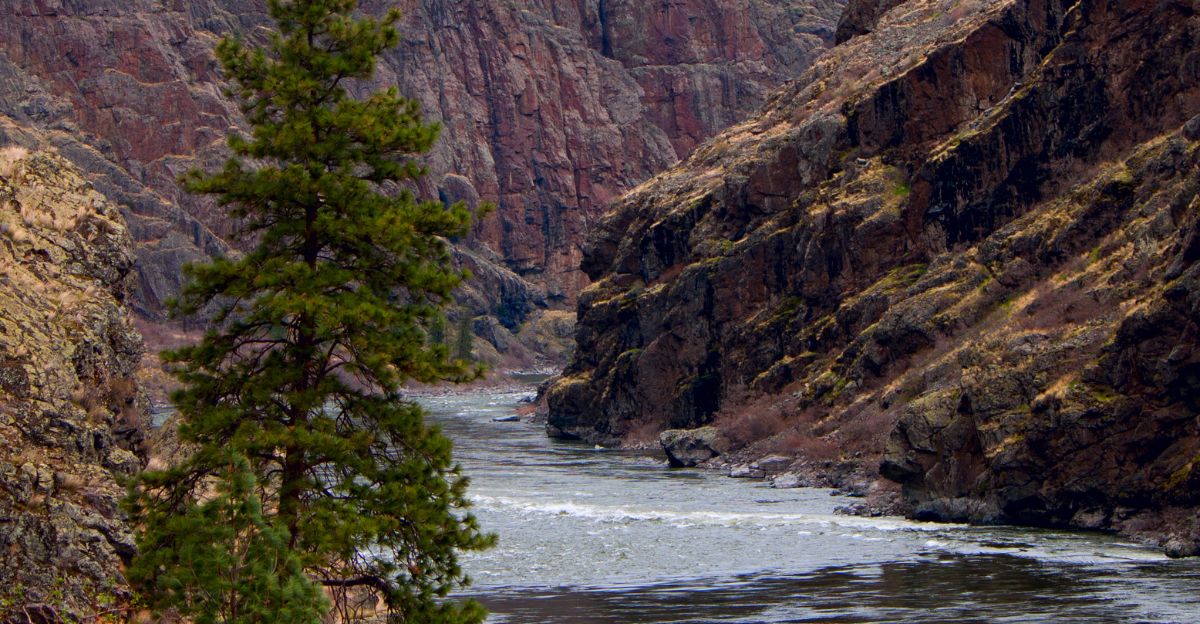
Finding proof for this story was anything but easy. Researchers faced major obstacles in dating Hells Canyon because rivers are constantly erasing their traces. As lead scientist Matthew Morriss explained, “The river destroys the evidence of its own history”. That meant geologists had to look in remote, difficult-to-reach caves for preserved sediment that hadn’t washed away.
Over thirty different caves were investigated, each offering only small puzzle fragments. On top of that, the terrain was brutally steep and isolated, making fieldwork risky and exhausting. The caves were often narrow, waterlogged, or dangerous to enter with equipment. Yet these hidden spaces provided the critical samples to piece together what the Snake River and ancient Lake Idaho had done millions of years ago.
Unlocking the Tools of Today
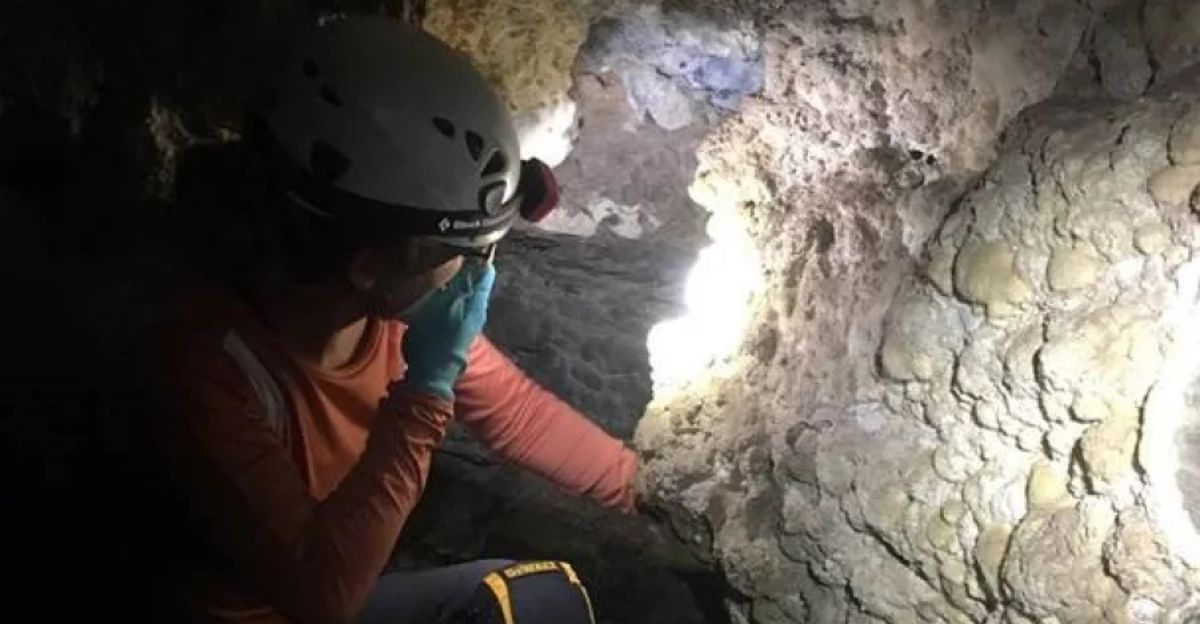
What made this breakthrough possible wasn’t just determination—it was new methods. Advances in geomorphic analysis and Bayesian statistical modeling gave scientists better tools to interpret cave records. By combining sediment ages with elevations, researchers reconstructed how quickly the Snake River cut through rock.
The key was cosmogenic nuclide burial dating, which allows precise estimates of when gravel was buried and shielded from cosmic radiation. That precision meant researchers could finally identify moments when erosion suddenly accelerated.
The Local Response

The discovery didn’t just excite scientists, it touched the communities around Hells Canyon in Oregon, Idaho, and Washington. Local park managers and rafting guides saw fresh potential for tourism, knowing visitors would be fascinated by the idea that this breathtaking gorge is both deep and surprisingly young.
Native communities also welcomed the research, seeing validation that their homeland is unique and important to geological history. However, not all responses were celebratory. Some worry new findings could lead to tighter conservation laws or restrictions on local industries.
A Canyon of Cultural Meaning

To the region’s Native American tribes, Hells Canyon has always been much more than a geological feature. It’s a sacred place full of stories, traditions, and history. Archaeological sites within and around the canyon preserve traces of ancient cultures, while generations’ oral histories describe its significance to tribal communities.
The revelation that Hells Canyon is far younger than scientists once believed does not diminish its importance. In fact, it gives new resonance to traditional accounts of a land still alive and changing. Tribal leaders have emphasized the importance of respectful collaboration. According to the U.S. Forest Service, Native representatives have asked researchers to consult with tribes before engaging in work that might affect cultural or spiritual sites.
New Geological Puzzles
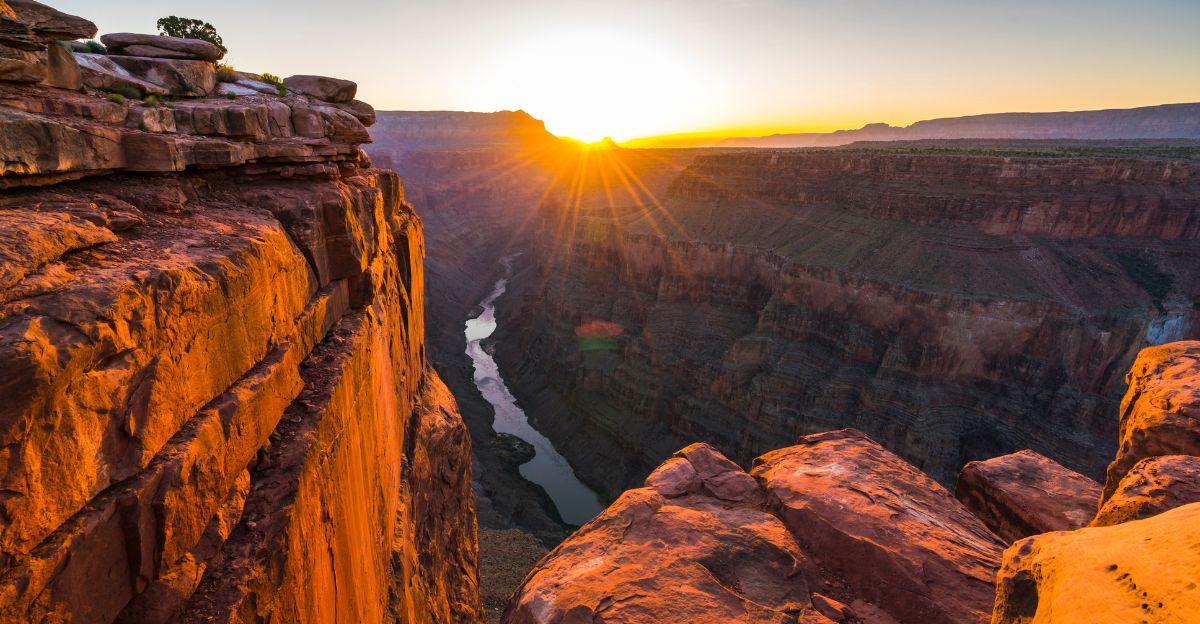
With Hells Canyon redefined as a young gorge, geologists are asking bigger questions. If one of the deepest canyons on the continent can form in just a couple of million years, what does that say about the rest of the Pacific Northwest? Could some of the region’s other landscapes also be surprisingly young?
The canyon is no longer just a curiosity from the past, it’s a warning sign that Earth can still move quickly when conditions align. Every mountain, gorge, and river system in the Northwest is coming under fresh scrutiny in light of what happened here 2.1 million years ago.
How Policy is Shifting

Evidence shows that landscapes can shift much faster than people thought, so state and federal agencies are paying closer attention to potential hazards. USGS experts have begun reassessing the region’s flood plain models and erosion risks. Lawmakers in Idaho have held hearings about whether environmental protections should expand in light of geologic instability.
The National Park Service is also investing in more studies, hoping to apply the new dating method to other world-famous canyons. What began as a geological discovery now influences practical areas like flood risk management, infrastructure safety, and land use regulation.
When Science Meets Industry
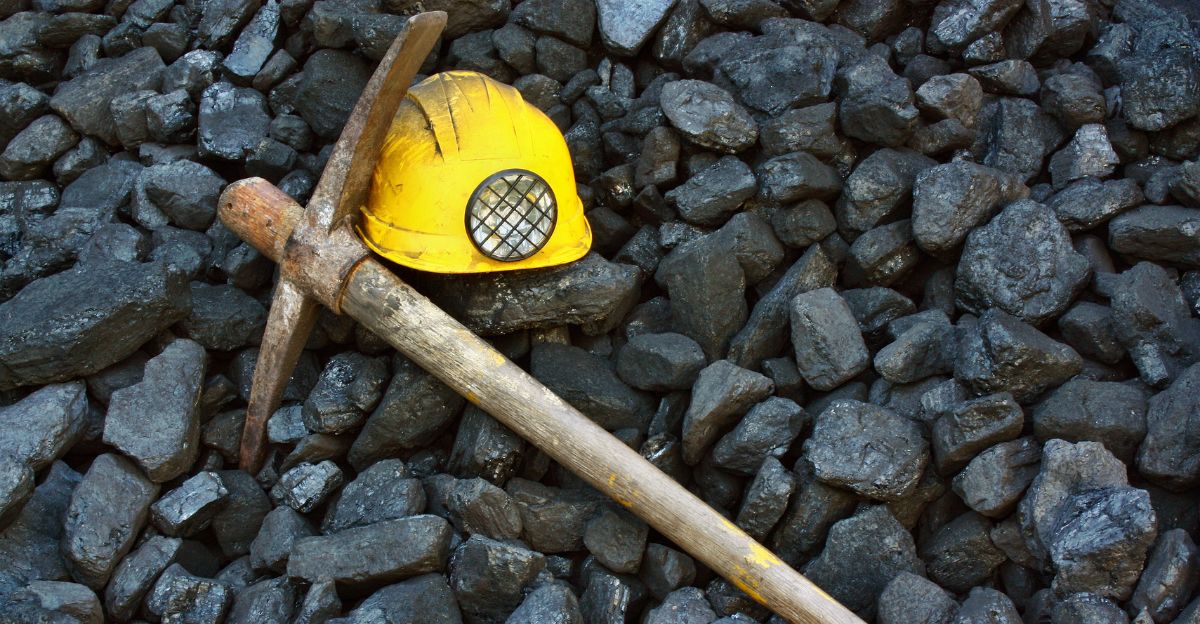
The surprising youth of Hells Canyon is resonating beyond academia. Mining companies, for example, are rethinking their permits and assessments, realizing that young geological terrains might hide untapped mineral deposits. Hydroelectric utilities along the Snake River are also revisiting their long-term infrastructure planning, especially since the river’s historic ability to rapidly erode rock could still pose future risks.
Rafting companies and local guides now promote Hells Canyon as not only the deepest gorge but also one of the fastest-carved wonders in North America. Every sector that relies on the Snake River or its canyon has reason to pay attention.
When the Story Went Viral

Once the discovery hit the internet, Hells Canyon became a viral topic. Social media spun the scientific findings into all sorts of wild claims, but scientists quickly had to clarify. “These are fast events in Earth history, but they’re not magic tricks,” one researcher told Live Science. Educators have stressed the importance of reading peer-reviewed sources to separate fact from rumor.
People are attracted to the idea that something as immense as Hells Canyon could change so suddenly, and many now see geology as both mysterious and immediate.
Lessons from Other Canyons
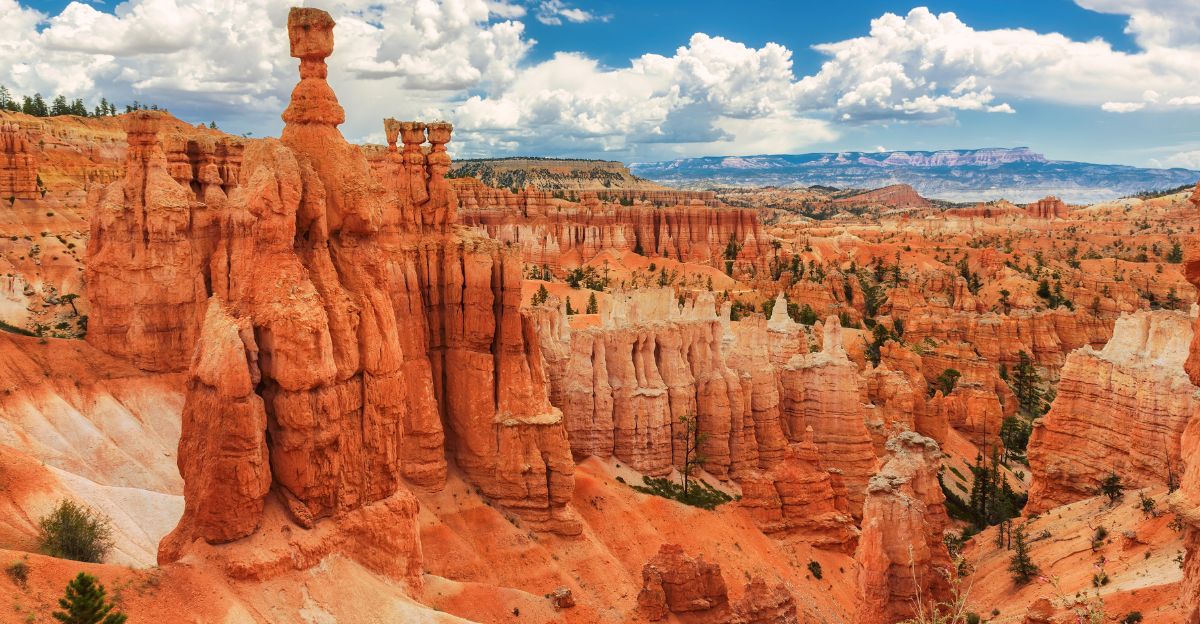
Geologists are comparing this case with the Grand Canyon and landscapes shaped by volcanism near Yellowstone. Each site has its own mysteries and debates. In the past, a lack of accurate dating slowed progress, but advances like cosmogenic nuclide dating are changing the game.
According to GeoScienceWorld, sediment deposits and minerals preserved in hard-to-reach places often hold the answers. By examining these, scientists avoid past errors and get closer to the truth of how fast landscapes can change. Hells Canyon is now being treated as a model to revisit other iconic features that may also be younger than expected.
Why Hells Canyon Matters
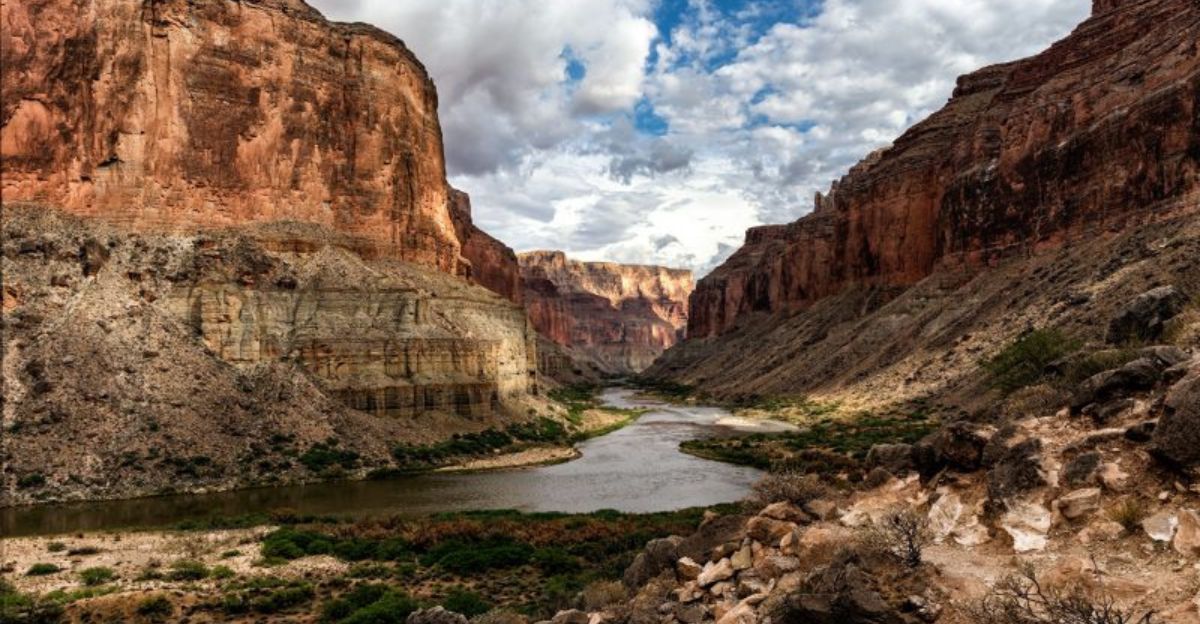
As the deepest gorge on the continent, it stands as a monument to power and change. The discovery that it formed only about 2.1 million years ago reshapes scientific knowledge and our relationship to the land. “Our Earth is still evolving—sometimes faster than we imagine,” said Live Science.
The canyon’s story is now woven into broader conversations about climate, floods, tectonics, and even how we prepare for tomorrow’s natural risks.